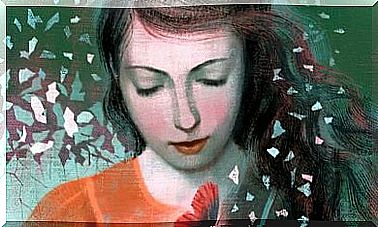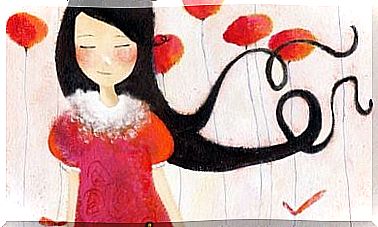Origin, Traumas Creep Into Our Dreams
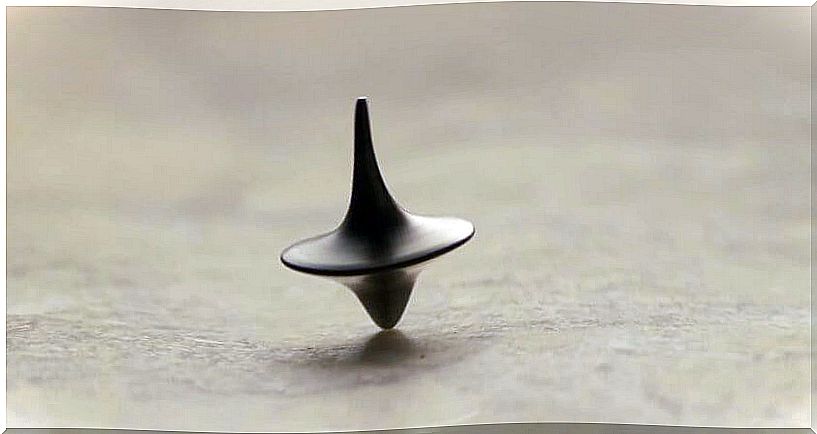
Origin is an American science fiction film of the year 2010, written, produced and directed by the British Christopher Nolan, known for dealing with psychology in his films. In Origin , we immerse ourselves in the world of dreams, of the subconscious and in the projection that traumas have in it. The film had a very good acceptance by the public and aroused countless arguments about its end.
Dom Cobb (Leonardo DiCaprio) is a dream specialist capable of extracting ideas from other people’s dreams. It is not about entering someone else’s dream, but about generating a shared dream and, within the dream, carrying out a plan. For this, various people are necessary: the dreamer; the architect, who is in charge of designing the dream; and the individual from whom the information is to be extracted through his subconscious.
Within the dream, we also find other people, who are nothing more than projections of the subconscious of the individual to be accessed. These projections will try to defend themselves against the changes they perceive so they can become very violent, especially in individuals trained to prevent other people from entering their mind. Christopher Nolan is not inspired by a specific theory, does not follow any line of research, but takes various elements from different theories and establishes his own logic of dreams.
Dom Cobb, in addition to extracting ideas from a person’s subconscious, can implant a new idea in him, something known as “origin” ; however, this practice is much more risky and its consequences can lead the person in question to madness or obsession. The problem is that, to achieve this, they have to advance through three different levels of the dream and the individual must believe that this idea has arisen from himself, he can never suspect that it has been implanted.
The film presents these dreams to us as something false, something prefabricated. In Origin the nature of the dream is not investigated, but dreams are manufactured with a purpose. Dom Cobb and his colleagues must implant an idea in the mind of the heir to a business empire and, in this way, help their main competitor. In the key of a thriller , Origen delves into the world of dreams and immerses us in an action-packed plot.
The structure of dreams in Origin
Origin leads us through various induced dreams that are shared by several people in order to obtain something. In order to get out of these dreams, there are three ways : the end of the dream that leads to awakening; death in the dream, not in reality, that will make them wake up; and, finally, the kick, that is, that moment in which we feel that we fall and wake up. In Origin , the kicks will be synchronized and accompanied by the song Non, je ne regrette rien .
In the film, there are different levels of sleep, one within the other. To achieve origin, they must go through three different dream spaces, reach the bottom of the individual’s subconscious and implant the idea. In order to reach those levels, they will need a strong sedative that will induce them to a very deep sleep; the main problem is that, at these levels of sleep, death will not make them wake up, but will lead them to a dream space known as limbo.
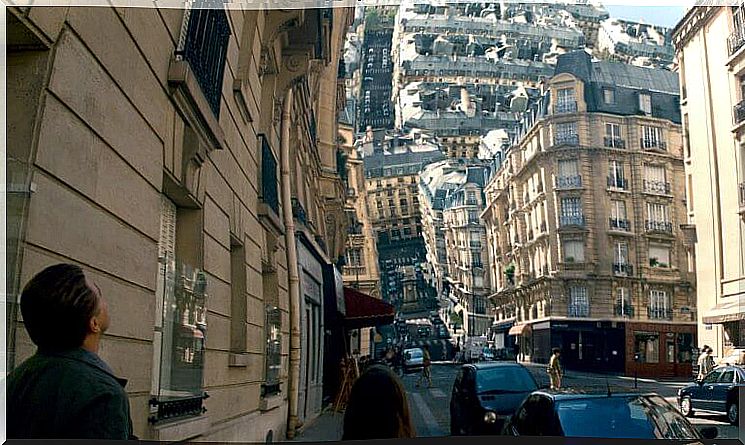
In limbo, time passes very slowly, so much so that, for the person who enters it, it will be infinite. The time in dreams is not the same as when we are awake, 10 minutes may pass, but in the dream it will seem like hours. When we dream, we experience everything that happens as real. In the film, we see that the pain is in the mind and that all the sensations experienced in the dream are perceived as real. If you are injured in a dream, the pain will be real in the dream; and if you live an infinite life, the perception of it will be real.
Individuals should avoid dying in the dream because, even if it is not an actual death, they will pass to a new level of sleep in which they believe they are living a whole life. The structure of dreams proposed by Origen is similar to a Russian doll, in which the more internal the dream plane, the longer the duration of the dream time. In real time, they will spend ten hours sleeping, but in dream time they will spend a week on the first level, six months on the second, and ten years on the third. The structure of these dreams has influences from Lacan and even from Saussure authors who propose a linguistic structure in which dreams are like subordinate sentences, that is, one within the other.
Cobb and his team, in order not to fall into madness and to be always aware of whether they are dreaming or not, have a totem. Each of them has a personal and non-transferable object of which they know all its characteristics, its weight, its texture, its color … In this way, they will know if they are dreaming or not. In dreams these totems can undergo modifications, for example, in weight, in the way they fall to the ground, etc. It is important that only the owner knows all the characteristics of the totem so as not to be deceived and always know in what state it is.
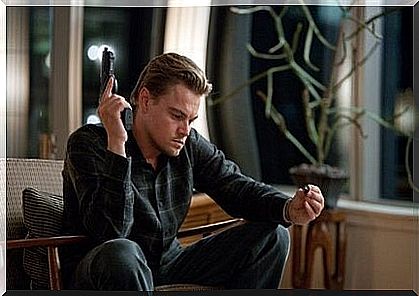
The projection of traumas in Origin
The word trauma comes from the Greek and means wound. Thus, we associate traumas with emotional wounds that have left a mark on the individual ; Furthermore, in German, Traum means dream. Freud was one of the first to investigate how traumas are represented in the unconscious. According to this, we access the unconscious through dreams where the traumas are made up or censored.
Following Freud, these traumas would have a symbolic representation in the unconscious, in other words, when appearing in disguise, they must be interpreted. However, in Nolan’s film, we see that there are no such symbols, the unconscious defends itself from possible intruders, but it is not a place where traumas are “put on makeup”, but rather a place where the ideas of the individual are protected. and the projections are the ones that attack the invaders. To delve further into the film, I am forced to make a spoiler , so if you have not seen the film, I recommend that you do not continue reading.

The projections are usually associated with people known to the individual. In Cobb’s case, we see that his late wife constantly appears in dreams trying to sabotage his plans. This projection is not only the image that the protagonist has of his wife, but the reflection of a part of himself. Cobb has mixed feelings about the death of his wife, he feels guilty, sad, frustrated … and this is something that he can hide in real life, but not in his unconscious, so it is not surprising that his wife even appears In ready-made dreams
At this point, Nolan gets a little closer to the Jungian current, showing us that the projections of the unconscious have a component of the self. Cobb not only sees his wife, but his own guilt for her death. He is also close to Jung in the idea of labyrinths, since the structure or design of the dream must approximate that of a labyrinth.
Dreams were seen as something mystical and, later, they were given a rational explanation that has led to various currents. Nolan drinks from different theories, establishes his own conception of dreams and captures it in Origin .
